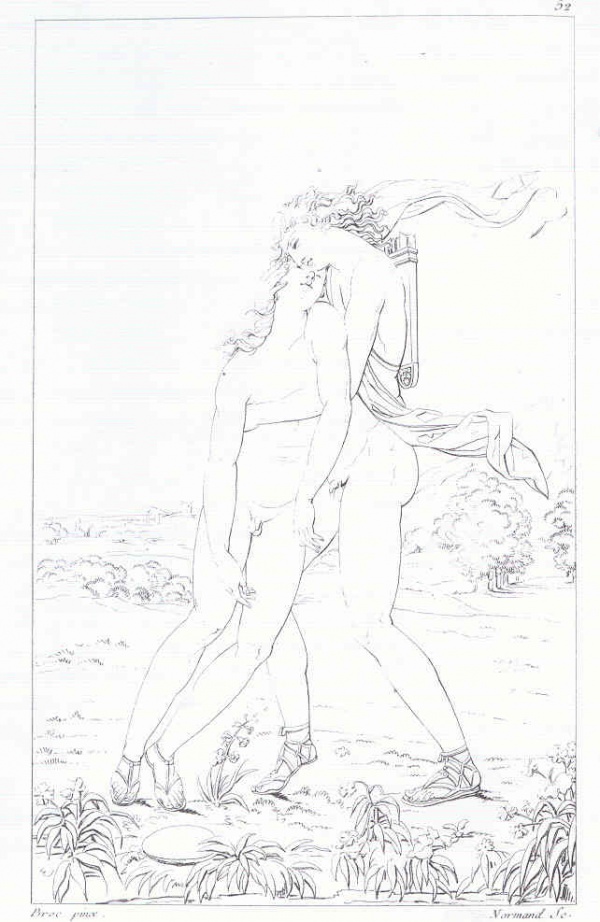Facts About The Death of Hyacinthos
"The Death of Hyacinthos" by Jean Broc, completed in 1801, is a renowned painting that captures the poignant moment of Hyacinth's death at the hands of Apollo. Drawing inspiration from Ovid's "Metamorphoses" the artwork depicts Apollo cradling the dying Hyacinth, who has been mortally wounded by a discus thrown by Apollo himself. This masterpiece is exhibited at the Musée Sainte-Croix in Poitiers.
In the painting, Apollo is identifiable by his red cape and lyre, mourning over Hyacinth's lifeless body with the fatal discus lying nearby. Zephyrus, the west wind who also loved Hyacinth and, out of jealousy, caused the discus to veer off course, is shown blowing Apollo's cape. The tranquil background features trees, a body of water, and a mountain.
First exhibited at the Paris Salon in 1801, this painting boasts a rich history of being showcased in various esteemed venues. Broc's work has inspired subsequent artists to explore the theme of Hyacinth's death in their own creations.
Thematically, the painting delves into the mythological narrative of Apollo and his relationship with Hyacinth, along with the symbolic nature of the tragic event. Charles Paul Landon's analysis offers deeper insights into Apollo's character, his actions, and his significance in Greek mythology.

 Monaco
Monaco